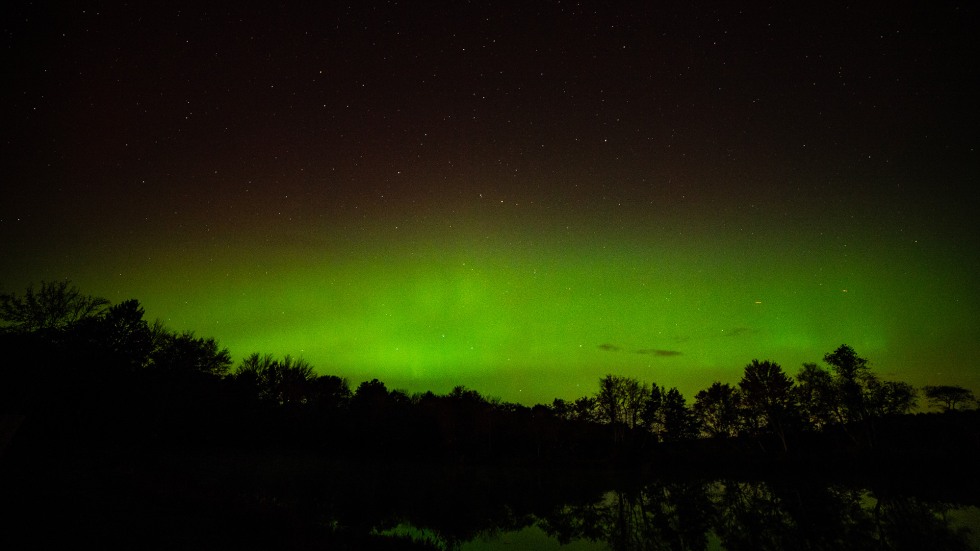PROVIDENCE, R.I. [Brown University] — As spooky season unfolds, the October sky has come alive with some frightfully stellar sights.
Among these cosmic wonders is Comet Tsuchinshan–ATLAS, a rare visitor that won’t near Earth again for another 80,000 years. Officially designated C/2023 A3, this remarkable space rock is hurtling toward the planet from the far reaches of the solar system, with its closest approach expected to be about 44 million miles away. Discovered last year by astronomers in China and South Africa, the comet originates from the Oort Cloud, a distant region beyond Pluto.
Visible until the end of October, Tsuchinshan–ATLAS shines brightly enough to be seen with the naked eye, although binoculars and telescopes enhance the viewing experience. Below are images captured by Brown astronomers of the comet over Providence and other parts of Rhode Island.







